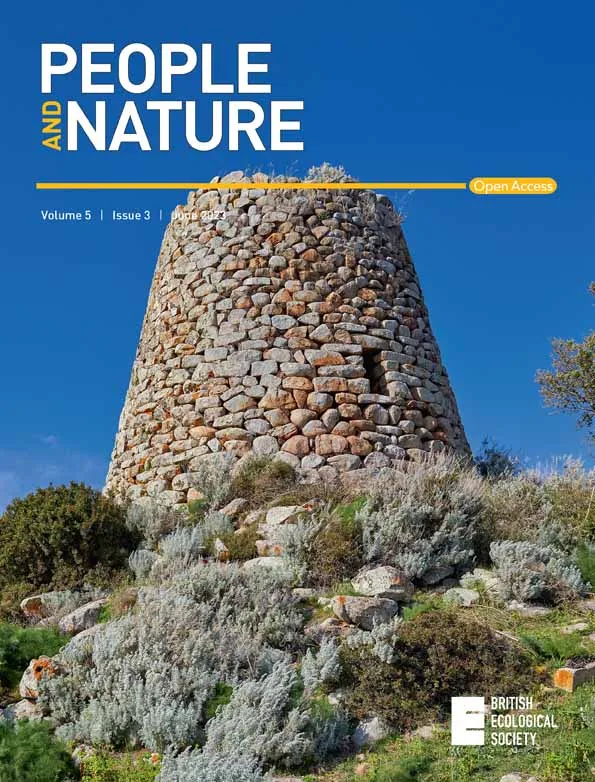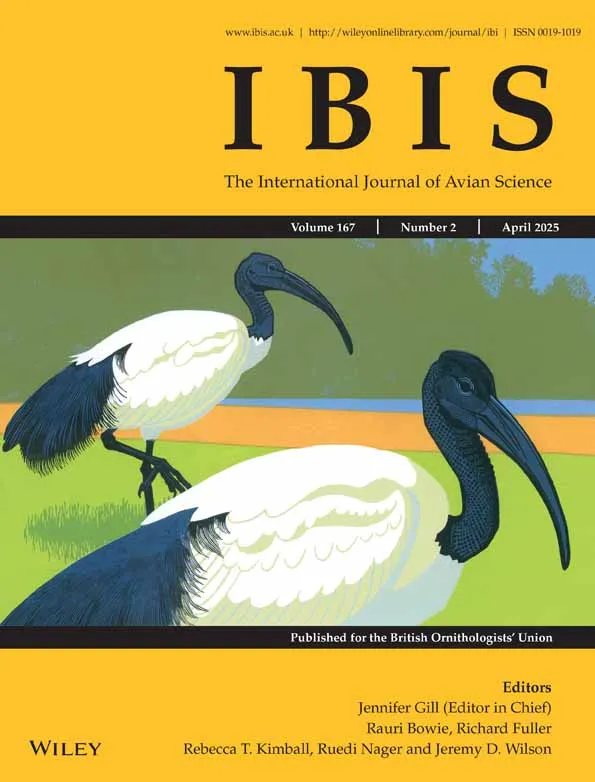BTO publishes peer-reviewed papers in a wide range of scientific journals, both independently and with our partners. If you are unable to access a scientific paper by a BTO author, please contact us.
Search settings
How important is it to standardise the measured mass of shorebirds weighed at varying intervals after capture?
Author: Clark, J.A., Gillings, S., Clark, N.A., Cole, K.B., Breese, G., Woods, J.L., Bellman, H.A. & Robinson, R.A.
Published: 2023
When ringing birds it is usually important to standardise measurements so that sources of error are minimised. For example, trainee ringers are taught how to measure wing lengths in the most repeatable fashion. Measuring bird weight is usually much more straightforward. One situation where this may not be the case is during canon netting when large numbers of birds can be caught at once, but are weighed gradually as the birds are processed, potentially leading to biases.
01.04.23
Papers

Social media and deep learning reveal specific cultural preferences for biodiversity
Author: Havinga, I., Marcos, D., Bogaart, P., Massimino, D., Hein, L. & Tuia, D
Published: 2023
30.03.23
Papers

A niche-based approach for evaluating the mechanisms of community stability in butterfly communities across three countries
Author: Evans, L.C., Melero, Y., Schmucki, S., Boersch-Supan, P.H., Brotons, L., Fontaine, C., Jiguet, F., Kuussaari, M., Massimino, D., Robinson, R.A., Roy, D.B., Schweiger, O., Settele, J., Stefanescu, C., van Turnhout, C.A.M. & Oliver, T.H.
Published: 2023
The stability of ecological communities has important consequences for the functioning of ecosystems, and several different mechanisms have been linked to delivering that stability. It has been shown, for example, that the stability of the species’ populations present within the community, together with the degree of synchrony that exists between them, can influence overall community stability. Larger populations tend to be more stable than smaller populations because they typically have greater genetic diversity and more capacity to adjust to environmental changes through natural selection, while populations situated closer to the middle of their preferred environmental niche tend to be more stable than those located at the margins. This study sought to identify which of these mechanisms was more important.
16.03.23
Papers

Aerial insect biomass, but not phenological mismatch, is associated with chick survival of an insectivorous bird
Author: Martay, B., Leech, D.I., Shortall, C.R., Bell, J.R., Thackeray, S.J., Hemming, D.L. & Pearce-Higgins, J.W
Published: 2023
Many insect-eating birds are declining but it's hard to find data that can test whether insect declines are driving these losses. Understanding the relationships between insect populations, their avian predators and the effects of a changing climate, is an important part of identifying the reasons behind changes in bird populations. This paper uses nearly 30 years of data on aerial insect abundance and Swallow numbers and breeding success to explore these relationships.
03.03.23
Papers

Limited effectiveness of actions intended to achieve a voluntary transition from the use of lead to non-lead shotgun ammunition for hunting in Britain
Author: Green, R.E., Taggart, M.A., Pain, D.J., Clark, N.A., Clewley, L., Cromie, R., Green, R.M.W., Guiu, M., Huntley, B., Huntley, J., Leslie, R., Porter, R., Roberts, J., Robinson, J.A., Robinson, R.A., Sheldon, R., Smith, K.W., Smith, L., Spencer, J. & Stroud, D.
Published: 2023
The SHOT-SWITCH project was set up to monitor the effectiveness of voluntary initiatives to move away from the use of lead shot in game shooting. In the study’s third season, reported here, 94% of Pheasants sampled had been killed using lead ammunition, a slightly but significantly smaller proportion than in the preceding two seasons. There is currently no evidence that voluntary initiatives to promote the replacement of lead with non-lead ammunition by suppliers and retailers of wild-shot game are working.
28.02.23
Papers
